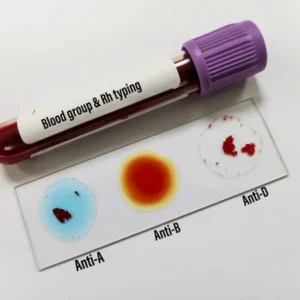- Stool for Hanging Drop Test: A laboratory procedure used to detect and identify motile organisms, particularly parasites, in a stool sample. This method allows for the observation of live parasites under a microscope.
- Purpose: This test is primarily used for the diagnosis of intestinal parasitic infections, including amoebiasis and giardiasis. It helps differentiate between motile and non-motile organisms in the stool.
- Sample Collection: A fresh stool sample is required for this test. Patients are instructed to collect a small amount of stool in a sterile container and submit it to the laboratory as soon as possible to ensure the viability of any motile organisms.
- Methodology: The stool sample is mixed with a small amount of saline on a microscope slide, covered with a coverslip, and examined under a microscope. The hanging drop technique allows for the observation of live motile parasites.
- Interpretation: The presence of motile organisms, such as trophozoites or flagellates, indicates an active infection. The test helps identify the type of parasite present, aiding in diagnosis and treatment decisions.
- Clinical Relevance: The Hanging Drop test is a valuable diagnostic tool in cases of suspected parasitic infections, providing immediate insights into the presence of motile parasites and facilitating timely treatment.
- Description
- Reviews (0)












Reviews
There are no reviews yet.